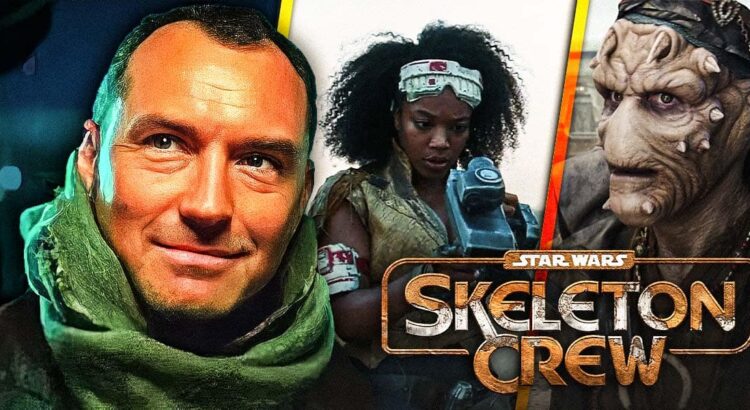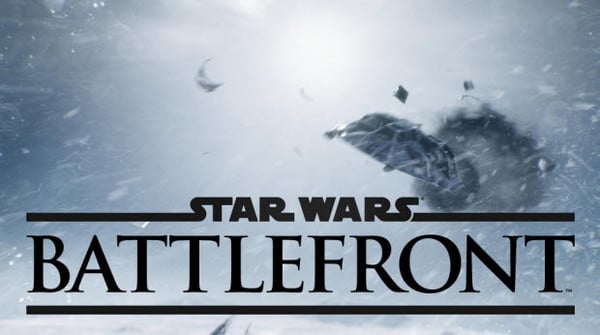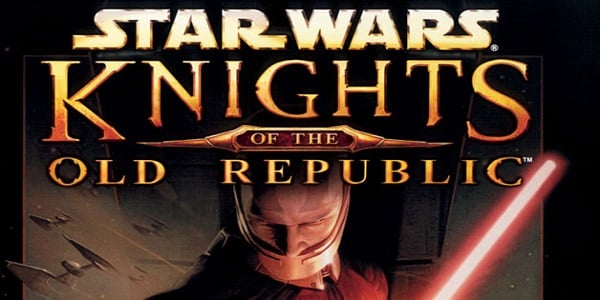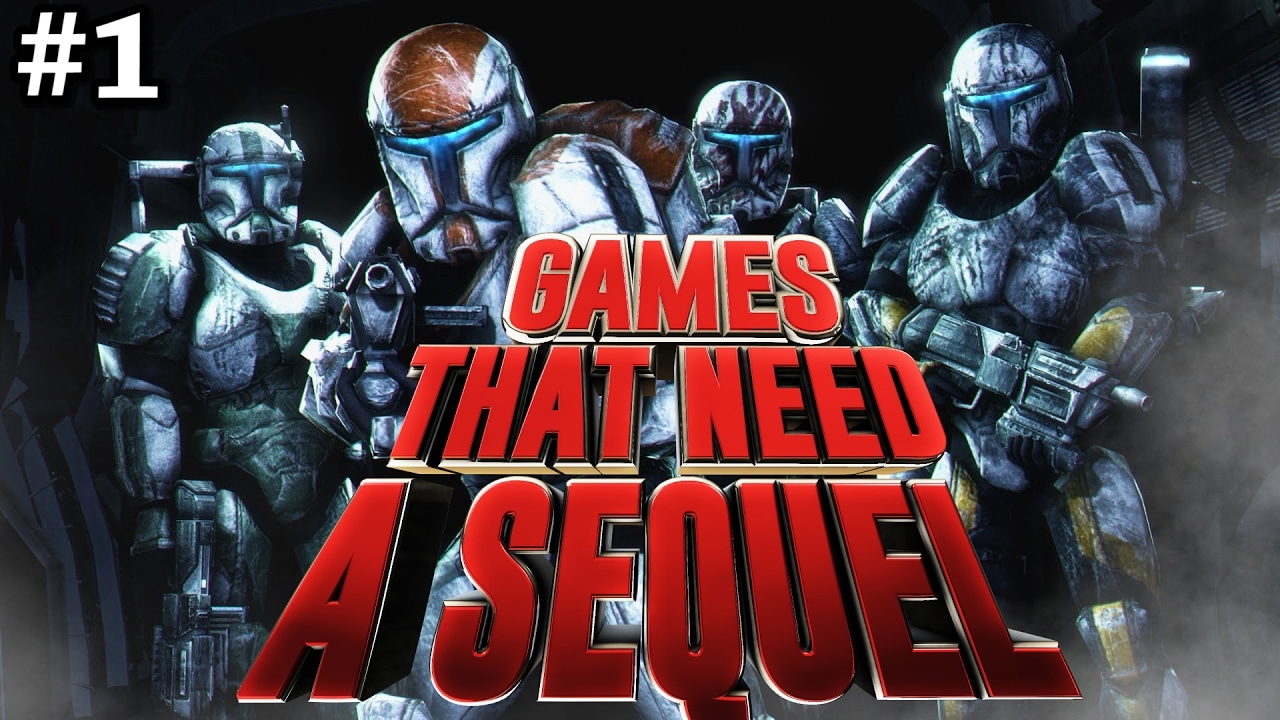Hold onto your hats, Star Wars fans! The galaxy isn’t just expanding; it’s doing so with a nostalgic twist that’s as refreshing as a cold drink on Tatooine. “Star Wars Skeleton Crew” is set to hit our screens with a mix of old-school magic and new-school technology. With the original trilogy’s legendary VFX artist Phil Tippett back at the helm, this show promises to blend the beloved traditional effects with cutting-edge innovations. But what makes this mix so exciting for both old fans and new?
Back to the Roots: The Magic of Practical Effects
Remember the awe when you first saw the AT-ATs in “The Empire Strikes Back”? There’s something about practical effects that CGI just can’t touch. “Star Wars Skeleton Crew” is bringing back these classic techniques, dusting off the old tools in the shed to bring a tactile authenticity that many modern films tend to skip. Phil Tippett’s involvement means we’re in for a treat. After all, he’s the wizard who brought us some of the most iconic creatures and machines in the Star Wars universe.
The inclusion of stop-motion animation, matte paintings, and model work in “Star Wars Skeleton Crew” isn’t just a nod to nostalgia; it’s a statement. In an era where CGI dominates, the decision to incorporate methods from the golden age of cinema speaks volumes about the show’s commitment to quality and authenticity. It’s like finding an old record that sounds just as good today as it did decades ago—maybe even better with a bit of modern tweaking.
The New School: How Modern Tech Elevates the Tale
Now, don’t get me wrong. While we’re strolling down memory lane, let’s not forget the tools of today that make “Star Wars Skeleton Crew” possible. The use of The Volume—Lucasfilm’s groundbreaking digital set technology—allows for real-time CGI backgrounds, transforming the way scenes are shot and actors perform. This isn’t your run-of-the-mill green screen; it’s an immersive experience that helps actors really feel like they’re part of a larger universe.
Director Jon Watts, a veteran of the high-tech Marvel Cinematic Universe, brings a fresh perspective to the Star Wars table. By merging the old with the new, Watts aims to create a seamless visual narrative that respects the past while embracing the future. It’s about striking a balance where the advanced technology enhances rather than overshadows the mechanical marvels of the past.
A New Hope for Storytelling
But “Star Wars Skeleton Crew” isn’t just a show about fancy effects—it’s a coming-of-age story set in a universe where the line between right and wrong is as blurred as the edges of a distant star. Starring Jude Law as a mysterious Jedi Knight, the series focuses on a group of kids lost in the galaxy, trying to find their way back home. This narrative setup allows for a deeper exploration of themes like friendship, bravery, and the quest for identity.
What makes this storyline so compelling isn’t just the backdrop of starships and strange new worlds; it’s the human (and alien) heart at the core of the journey. It’s a reminder that in the vastness of space, the smallest stories often tell the grandest truths.
Conclusion
As “Star Wars Skeleton Crew” prepares to make its debut, it stands as a testament to the enduring appeal of George Lucas’s universe—a universe that continues to grow and evolve while staying true to its roots. Whether you’re a die-hard fan who grew up with the original trilogy or a newcomer caught up in the excitement of new adventures, there’s something magical waiting in this latest chapter.
So, are you ready to journey back to that galaxy far, far away, where the old meets the new in spectacular fashion? “Star Wars Skeleton Crew” isn’t just a show; it’s a bridge between generations, a craft skillfully woven from the threads of the past and present. And who knows? This blend of old and new might just be the formula that keeps the Star Wars legacy thriving for generations to come.
Source: Collider







